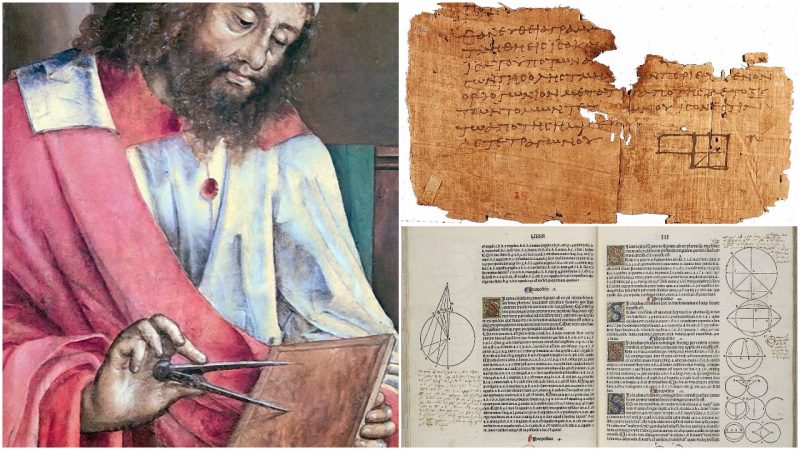In the first seventy years or so after the emergence of Alexandria as a new research center in the ancient world, there were three major achievements that cemented the scientific status and reputation of the city.
In this first period, Alexandria saw the establishment of the ancient world’s most prosperous school of anatomy, physiology, and medicine. Physicians from Greece and other Meditarrenian states were able to come to Egypt and learn in practice what they only knew in theory. Nobody knew so much about human anatomy as the ancient Egyptians did. Their knowledge was, of course, borne of their search for perfection in mummification procedures of the human body.
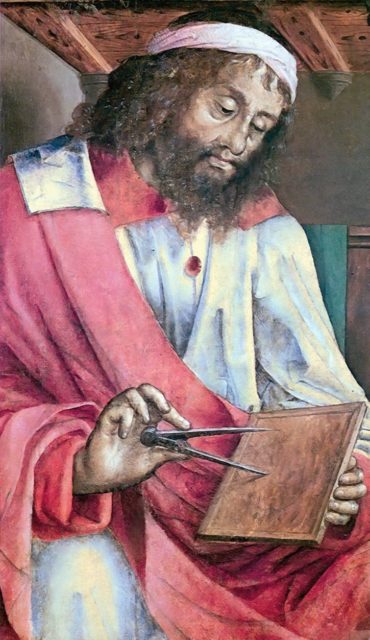
Secondly, there was the enormous task that Alexandria set for its newly arriving scholars: to start copying, editing, translating, and cataloging the entire written knowledge that existed in the world at that time. This huge effort also included the first translations of what would become the most published book of all time, the Bible.
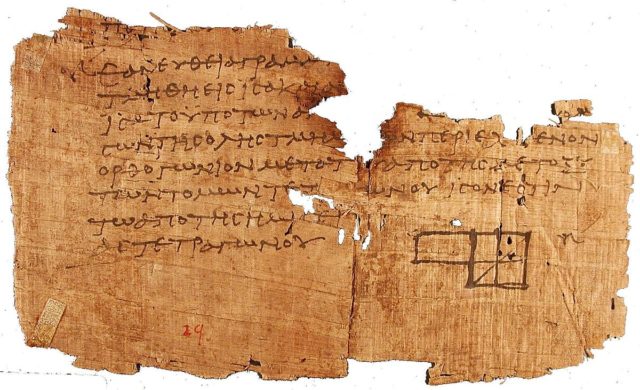
The third major achievement was that Alexandria also hosted one of the greatest mathematician minds of the ancient world, if not of all time, and that was Euclid of Alexandria, attributed for having compiled and written the book known as Elements. Little is known about the personal life of this ancient brainiac, but his textbook went on to become one of the most important ever written in the history of humanity.
Euclid of Alexandria is often referred to as the “father of geometry”. His book, Elements was one of the first pivotal books produced in the scholastic center of Alexandria. For a very long time, the textbook remained a fundamental work for teaching and learning mathematics, and in particular, geometry. This was the case from the time of its publication until the early 20th century. Consisting of 13 books, Elements covered Euclidean geometry and also provided an ancient Greek version of elementary number theory.
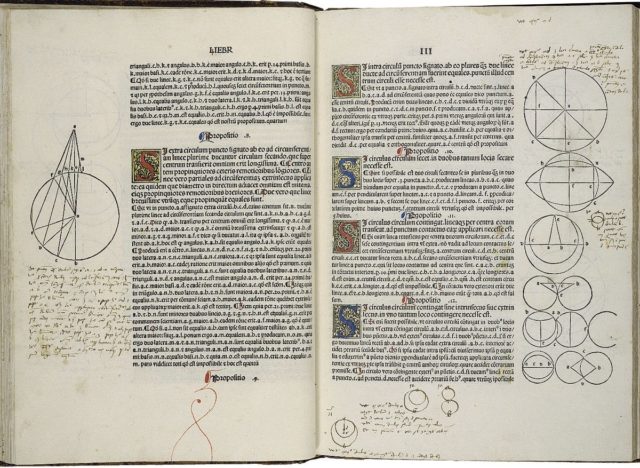
The pioneering textbook also featured an algebraic system, later known as geometric algebra, which was powerful enough to solve a multitude of algebraic problems such as finding the square root of a number. Over the centuries, the textbook has proven essential in the development of logic and modern science.
Acknowledged British historian, television producer and writer Justin Pollard, and documentary filmmaker and anthropologist Howard Reid, stated in their book, The Rise and Fall of Alexandria: Birthplace of the Modern World, that “His book the Elements remained a standard text on geometry well into the twentieth century, even providing the basis of some of the calculations that NASA needed to put a man on the moon. Even now the knotty problems Euclid set his Alexandrian students remain the bane of schoolchildren and the delight of mathematicians. It is also now reckoned that his Elements is the most translated, most published, and most studied book in existence after the Bible. Since its reintroduction into Europe in AD 1482, having been lost to the West for nearly the whole medieval period, at least a thousand different editions of the work have been published.”
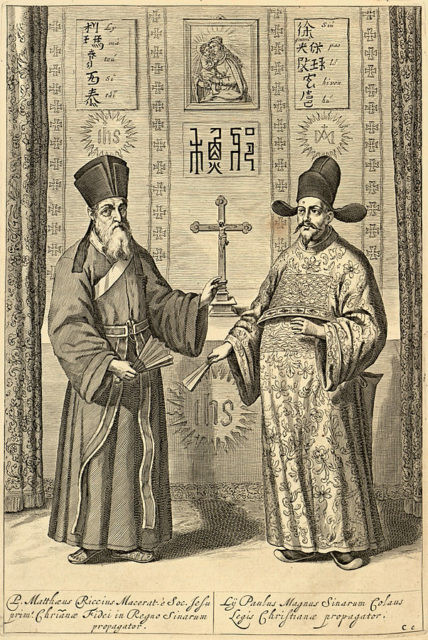
For over two thousand years after its appearance, if you wanted to be anything in mathematics, you needed to study Euclid’s work. After its absence during the medieval age, the ancient textbook first reappeared in Venice in 1482.
It was one of the very earliest mathematical works that got printed after the invention of the printing press. Since then, more than a thousand more editions of Elements have been published, affirming its status as the second most published book in history. For centuries, knowledge of at least part of Euclid’s textbook was a requirement for all students. It was not until the 20th century when the textbook contents started being taught through other school textbooks did Euclid’s textbook cease to be considered an essential read for all educated people.
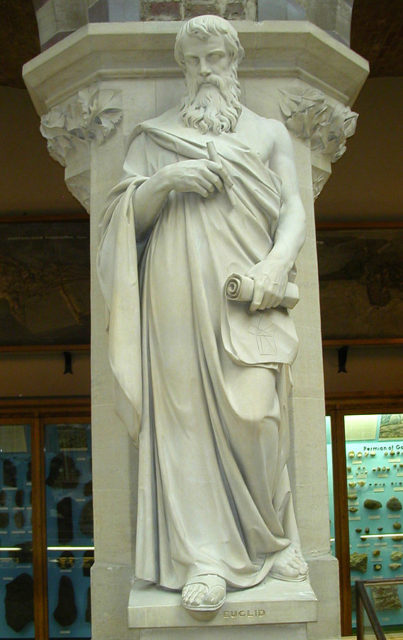
In a historical context, Elements has also influenced the work of scientists such as Nicolaus Copernicus, Johannes Kepler, Galileo Galilei, and Sir Isaac Newton. They all sought knowledge from the ancient textbook and applied it in their work.
Elements was also essential to other mathematicians and philosophers, including Thomas Hobbes, Baruch Spinoza, Alfred North Whitehead, and Bertrand Russell, who had all adopted the axiomatized deductive structures in their work.Now, just imagine the modern world without the input of our ancient ancestors such as Euclid!
